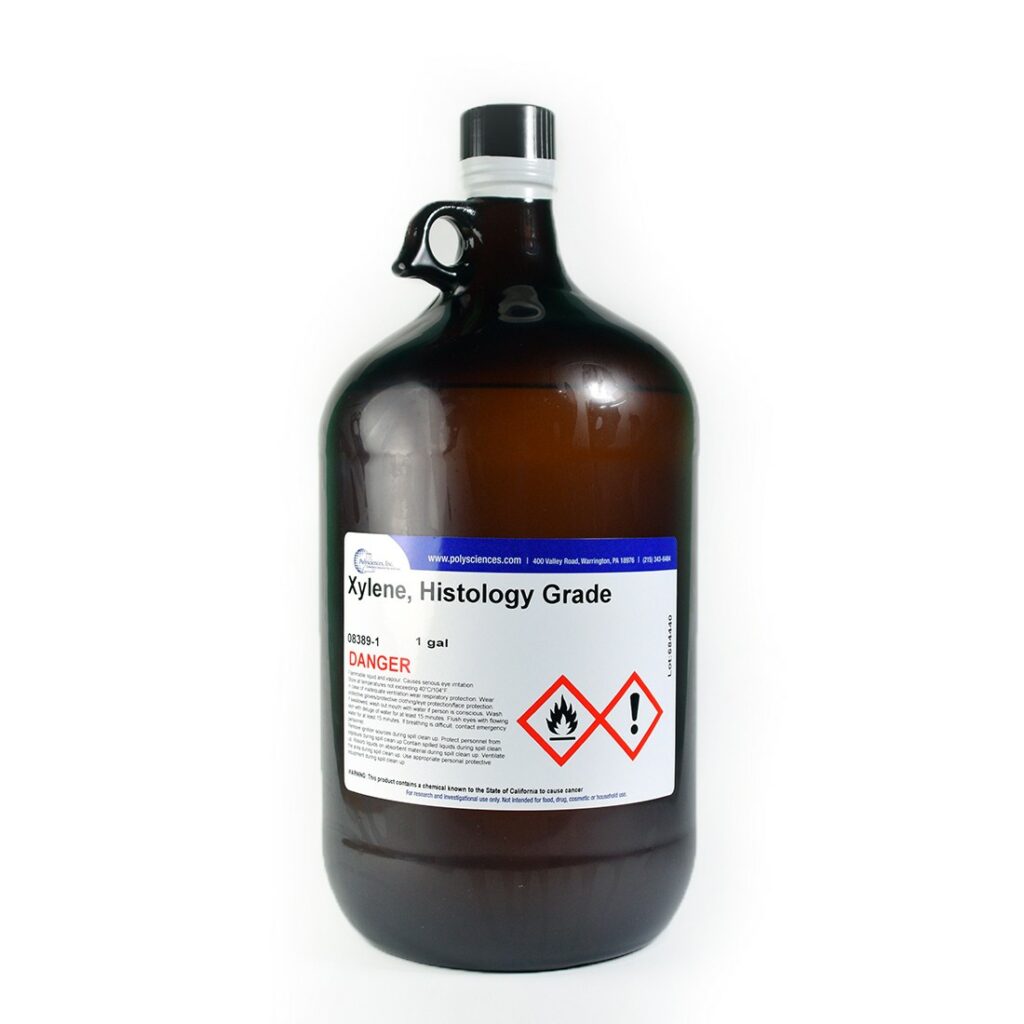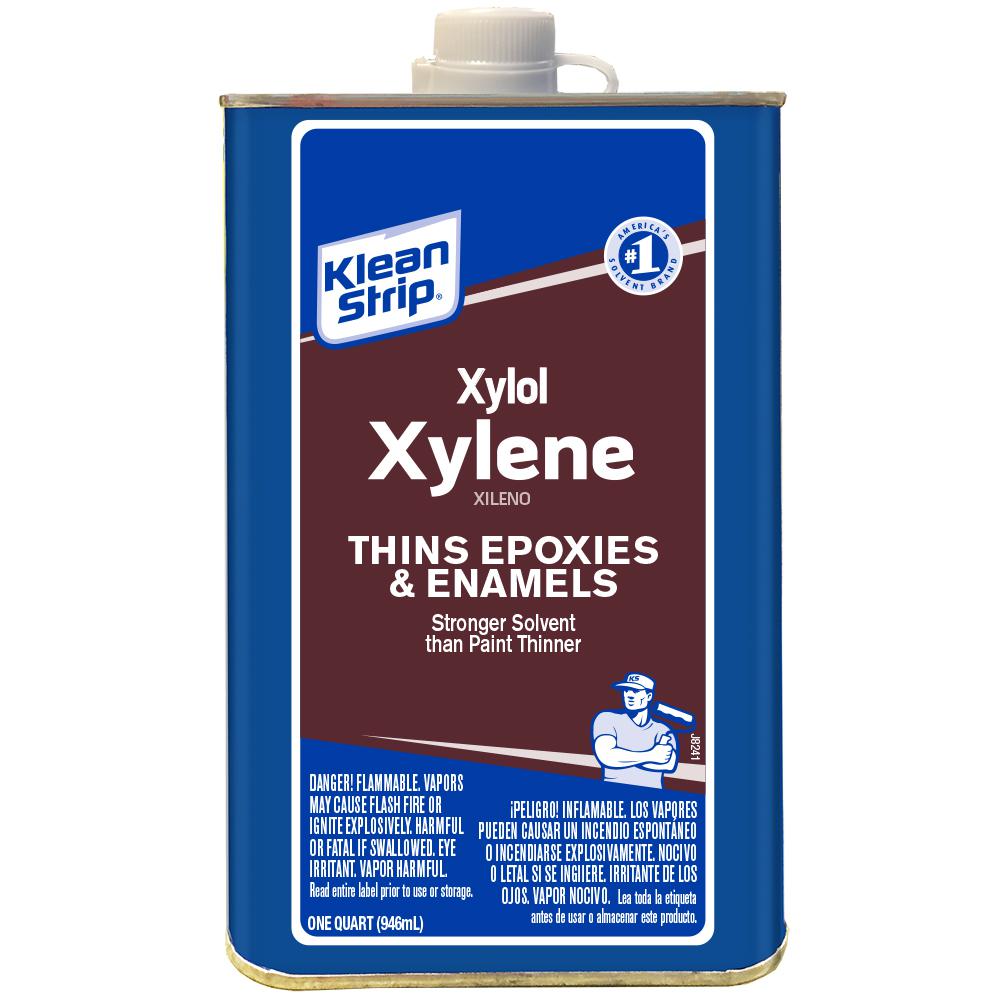KCSE Chemistry practical paper which was administered on Friday 9th, November 2019 has put The Kenya National and Examinations Council (KNEC) and the Ministry of Education under fire.

Daily Nation reported on Monday 11th on the same month that several teachers and students had been rushed to the hospital after being exposed to the xylene chemical during exams
The Kenya Union of Post Primary Education Teachers -Kuppet has already disputed the use of the chemical compound in the national exams
“KUPPET speak on behalf of Kenyan teachers treated in very inhuman way by exposing them to deadly chemicals during chem practical,” one of the teachers complained .
The Principal Secretary in the Ministry of Education Belio Kipsang replied to the reports stating that the chemical was not as harmful as it was thought adding that his office was yet to receive any official complains
“It is a story, we have not heard any formal complaints. Chemistry teachers will tell you, these are the same chemicals they have been using,” Kipsang stated.
While Education CS George Magoha accused those spreading the reports of wanting to steal exams
The chemical used in KCSE 2019 exams is classified as xylene is a aromatic hydrocarbon by the National Center for Biotechnology Information (NCBI)
This means that constant exposure to this chemical can be very harmful and could affect vital body organs such as nervous system and the liver
Victims who have been exposed to this kind of dangerous chemical experience nausea and dizziness while high amounts of expose causes death.
10 Facts You Probably Didn’t Know About Xylene
Here are some key facts bout xylene, according to Shawn M. Collins of The Collins Law Firm, P.C
1.Xylene is a colorless liquid with a sweet odor. It is flammable and practically insoluble. Xylene is primarily a synthetic chemical; however, it can occur naturally in petroleum, coal tar, and during forest fires.
2. Xylene is primarily used as a solvent (a liquid that can dissolve other substances), particularly in the printing, rubber and leather industries
3.Xylene can also be used as:
- Cleaning Agent
- Paint Thinner and Remover
- Airplane Fuel
- Gasoline
- Rust Preventatives
- Pesticides
3. If xylene is exposed onto the environment, it is quickly evaporates into the air before it is broken down into less harmful compounds
4.Common sources of xylene include industrial sources, automobile exhausts, paint industry workers, automobile garage workers, and metal workers
5.Consumer products that have small amounts of xylene include gasoline, paint varnish and rust preventatives and cigarette smoke.
6.No key research done has linked xylene to be a cancer causing chemical, this is according to International Agency for Research on Cancer (IARC), a division of the World Health Organization (WHO) and the U.S. Environmental Protection Agency (EPA)
7.Key body parts affected greatly by this chemical include, the nervous system, respiratory system, cardiovascular system and kidneys
8.Common effects on the system include
- Labored Breathing
- Impaired Pulmonary Function
- Increased Heart Palpitation
- Severe Chest Pain
- Accumulation of Fluid in Lungs
- Respiratory Depression or Arrest
- Ventricular Arrhythmias
9. Symptoms of Xylene exposure include:
- Eye Irritation
- Headaches
- Dizziness
- Fatigue
- Nausea
- Vomiting
- Coma
- Death
10.Xylene can also be labelled as Benzene














